| Network and Networking Technology | ||
| Network in information technology world is, essentially many computers connected to each other such that they share common resources. The computer on one network can access resources and applications other network that are accessible via the Internet. A LAN is typically a wired network configured to connect computers, printers and other peripheral devices within a company or institution. Wireless networks (WLAN) are configured to communicate across networks via radio waves, infrared light or by laser using communication satellites (SATCom). |
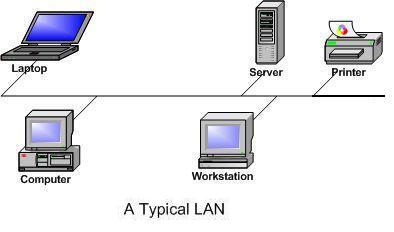
|
| Networks Based On Data Communication |

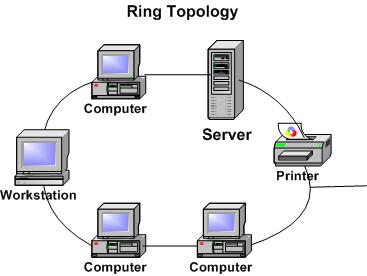

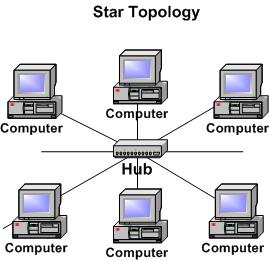
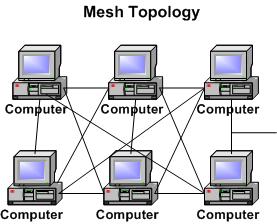
| In a mesh topology, nodes are interconnected to one another. The network can be designed as a partial mesh or a complete mesh (fully connected mesh network). Due to nodes having multiple connections, there will be continuous connection. It is also achieved by reconfiguration around blocked paths or broken connection and hopping from node to node until connection is established. Thus Mesh networks have high degree of reliability and down time is greatly minimized. |
|
In a tree topology, nodes are connected such that a node
has sub-nodes
connected to it as in a hierarchical tree. The sub-nodes are dependent on
their parent node for connectivity. This resembles a Star topology at each
parent node, but unlike the star topology, parent can be distributed. The
main disadvantage in this topology is, if the parent node were to fail,
all the sub-nodes lose communication.
Networks are designed using combinations of standard topologies, such as bus and a star, which is know as Hybrid topology, thereby utilizing the best features of each of them. A tree topology can be two star topology networks connected to each other. |
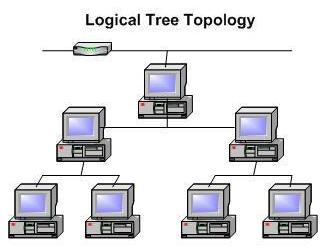
|